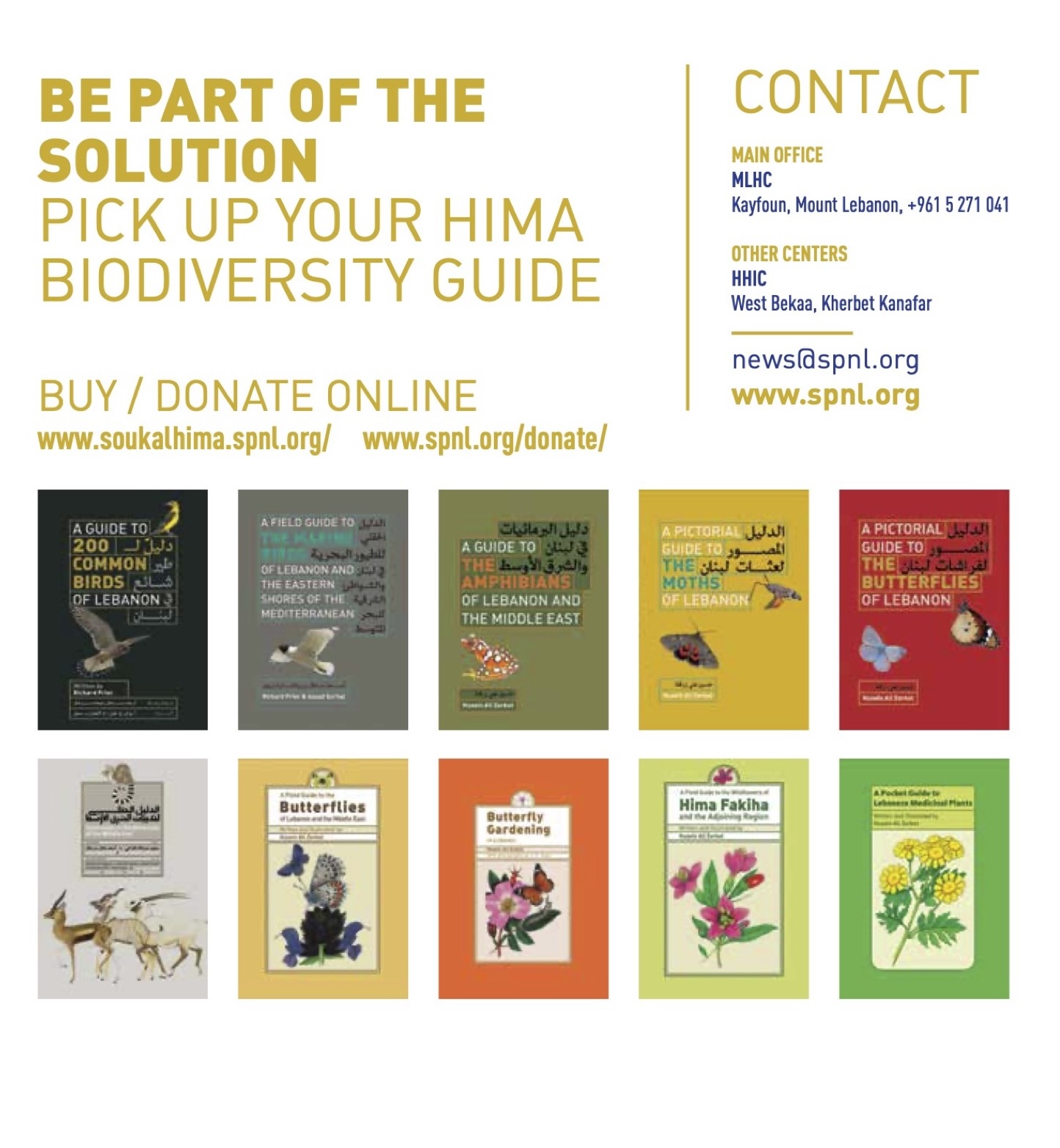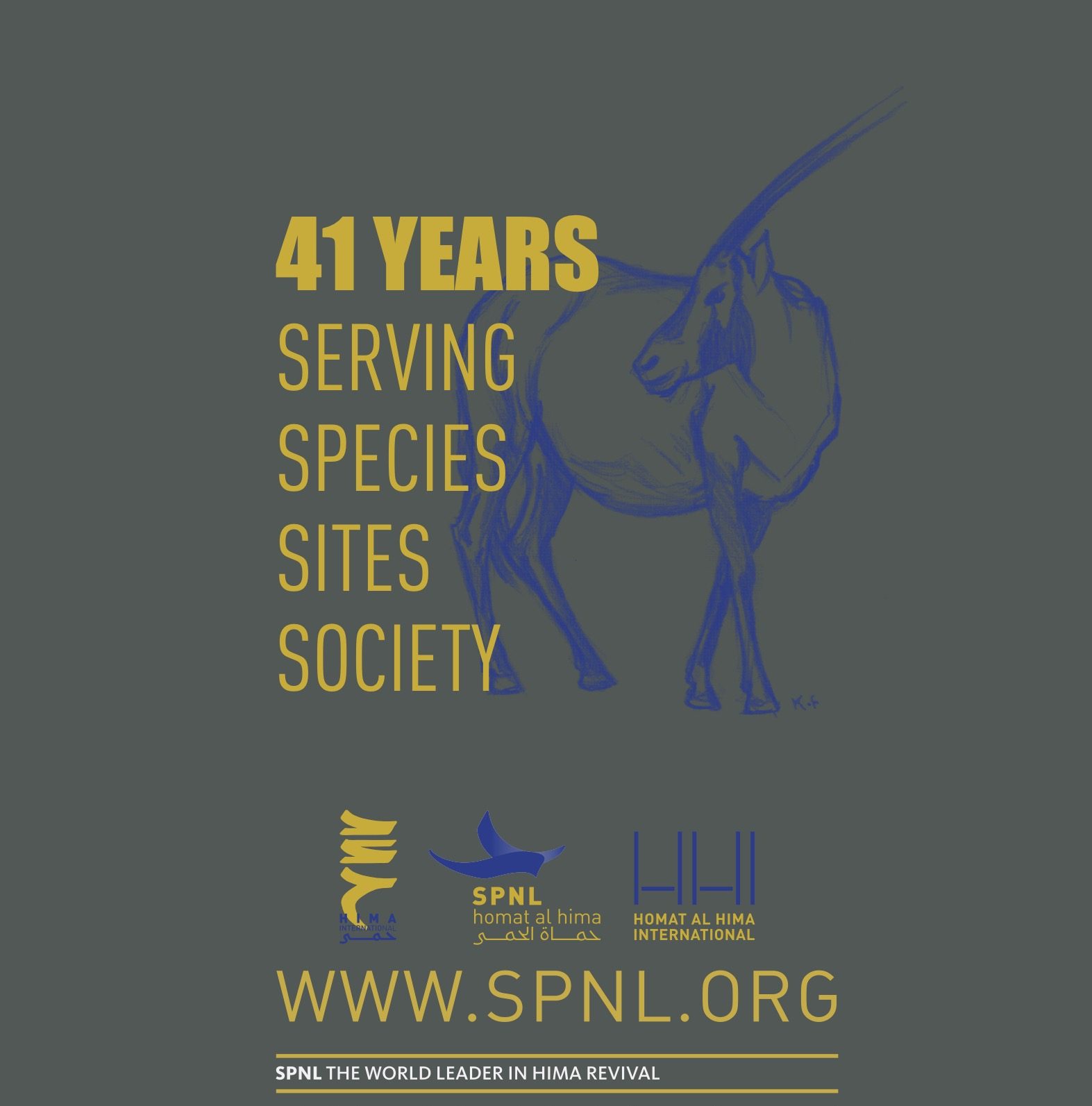In the intricate landscapes of Lebanon, where cedar forests meet coastal plains and snow-capped peaks descend into fertile valleys, a quiet yet transformative conservation effort is underway. At the heart of this movement is a remarkable new map created by Bilal Alaouiyeh, Remote Sensing and GIS Expert.
Released on August 5, 2025, this comprehensive visual document represents a milestone in Lebanese environmental mapping: it illustrates the Key Biodiversity Areas (KBAs), the SPNL Hima sites, and the distribution patterns of bird species across the country. But it’s more than just a scientific map—it’s a call to action.
A Map with a Mission
Alayoubi’s work is grounded in cutting-edge remote sensing and geographic information systems (GIS), merging topographical data with bird species distribution records, protected area boundaries, and hydrological features such as Lebanon’s key rivers. His map visualizes where birds thrive, where threats persist, and where conservation efforts are most needed.
Among the critical insights revealed are over 20 KBAs, ranging from the Awali and Litani estuaries to the Upper Litani River and the Qammouha–Jurd Hermel region. These areas are rich in avian biodiversity and serve as essential stopover sites for migratory birds traveling along the African-Eurasian Flyway.
But Alayoubi’s map doesn’t stop at ecology—it incorporates Lebanon’s Hima sites, reviving an ancient conservation model that places local communities at the heart of environmental stewardship.
Hima: Old Wisdom for a New Era
The Hima system, dating back more than 1,500 years, is a traditional land management method rooted in communal responsibility and sustainable use. SPNL has brought this model into the 21st century by formally designating Hima sites across Lebanon—areas managed by municipalities and local people, not just government officials or foreign NGOs.
From Ebel el-Saqi in the south to Ain Zebde in the Beqaa, these Hima sites protect not only birds and natural habitats, but also cultural landscapes and traditional livelihoods. Alayoubi’s map elegantly ties these sites into the broader ecological picture, showing how local action can drive national impact.
Science Meets Storytelling
This map is a scientific achievement, but also a storytelling tool. The color-coded species richness zones, rivers and topography, and distinct icons marking KBAs and Hima areas combine to form a narrative of hope and urgency.
With climate change accelerating and unsustainable development encroaching on fragile habitats, Lebanon stands at a crossroads. Maps like Alayoubi’s empower decision-makers, activists, and everyday citizens with the knowledge needed to protect what remains.
More importantly, they affirm that conservation in Lebanon is not just the domain of scientists—it is a shared national project, rooted in heritage, fueled by data, and led by a new generation of environmental guardians.
The Road Ahead
As regional ecosystems face unprecedented pressures, this work could not come at a more crucial time. Bilal Alayoubi’s mapping initiative—supported by SPNL’s long-standing commitment to biodiversity—represents a beacon for conservation not just in Lebanon, but across the Middle East.
Through innovation, collaboration, and respect for ancient wisdom, Lebanon is charting a new course for biodiversity preservation. And thanks to this powerful new map, that course is clearer than ever.






